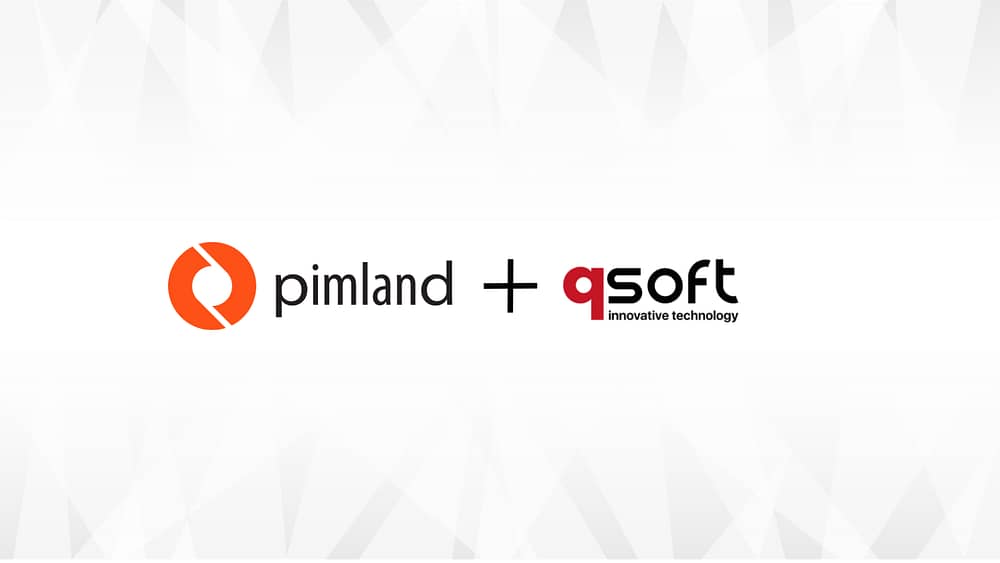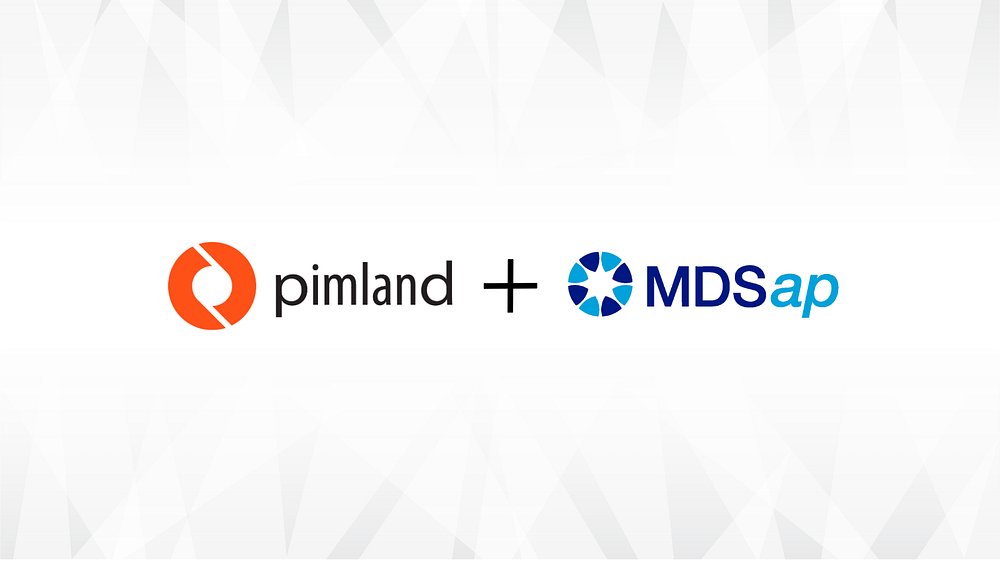Behind Every Digital Product Passport: PLM, SRM & PIM Working Together
The EU has a new favourite acronym: DPP!
Digital Product Passports are moving from policy papers to production lines fast. Set to become mandatory for key industries under the EU Green Deal, DPPs are designed to carry essential product data across the entire lifecycle, from raw material to recycling bin.
This shift raises questions for every brand, manufacturer, and supplier involved: What exactly goes into a Digital Product Passport? Who’s responsible for what? And how can you get your systems ready, without falling behind or starting from scratch?
Let’s break it down.
What is a Digital Product Passport (DPP)?
Digital Product Passport (DPP) is a digital profile that travels with a product from the moment it’s made to the day it’s recycled or discarded. It’s designed to store and share critical information about that product’s journey, including where it came from, what it’s made of, how it was manufactured, and how it should be reused, repaired, or disposed of.
At its core, the DPP is a transparency mechanism. It links key data to individual products, giving everyone (from manufacturers to recyclers) access to the same source of truth. This includes everything from materials and suppliers to regulatory certifications and environmental impact scores.
The idea isn’t new, but the scale and ambition are. Driven by the EU’s upcoming Ecodesign for Sustainable Products Regulation, DPPs are moving from concept to requirement. The first mandates will affect sectors like textiles, electronics, and furniture products with high environmental stakes and complex supply chains.
Why Digital Product Passports Matter More Than Ever
The Digital Product Passport isn’t just a bureaucratic checkbox—it’s a response to growing pressure from both regulators and the market.
At the center of it all: the EU Green Deal and its Circular Economy Action Plan. The Green Deal lays out the EU’s vision for a climate-neutral economy by 2050. One of its key strategies? Making sustainable products the norm.
That’s where DPPs come in.
They’re a critical tool to ensure products placed on the EU market meet new standards for durability, recyclability, and environmental impact, backed by hard data, not just green labels.
But regulation isn’t the only driver. Companies today face rising expectations from consumers, investors, and partners who want to know where products come from, what they’re made of, and how responsibly they were produced. In this landscape, traceability is no longer a bonus it’s a baseline.
Digital Product Passports meet this demand head-on. By embedding transparency into the product, DPPs allow companies to prove compliance, demonstrate sustainability claims, and build long-term trust with stakeholders.
In short, they’re becoming the new currency of accountability.
The Backbone of a Digital Product Passport: Data from PLM, SRM & PIM
A Digital Product Passport is only as strong as the data that feeds it. But that data doesn’t live in a vacuum — it’s already captured across core systems businesses use every day. PLM, SRM, and PIM tools each contribute a critical piece of the puzzle, enabling companies to build a complete, accurate, and compliant passport for every product.
PLM: The Source of Truth for Design & Development
PLM (Product Lifecycle Management) platforms are the technical heart of a product’s creation, housing detailed specifications and design data.
From a DPP standpoint, PLM systems are essential because they provide the source for information like material composition, environmental design decisions, and defined lifecycle stages.
All of this helps brands populate the DPP with verified sustainability metrics and traceability data, key for both regulatory compliance and supporting repair, reuse, and recycling efforts.
PIM: Consistent Product Info, Anywhere It’s Needed
PIM (Product Information Management) systems ensure product data is consistently and correctly distributed across all digital channels.
For DPPs, the information made available to end-users (whether through a QR code or an online listing) remains aligned with what’s stored internally.
PIM enables companies to manage localized versions, control updates across platforms, and ensure that what consumers see reflects what regulators require.
SRM: Supplier Data That Brings Transparency
SRM (Supplier Relationship Management) tools track supplier information, certifications, and sourcing details, which are indispensable for ensuring DPPs meet the EU’s transparency and due diligence requirements.
By tapping into SRM data, brands can document where materials come from, who made them, and under what standards. This traceability doesn’t just satisfy legislation; it also reinforces brand credibility and enables consumers to make informed choices.
What Happens When These Systems Work Together
When PLM, SRM, and PIM systems are connected and aligned, the foundation for Digital Product Passports becomes achievable and scalable. Data silos, a major barrier to traceability, are eliminated, making it easier to gather, verify, and update information in real time.
This collaboration ensures that technical product data, sourcing details, and customer-facing content all feed into a single source of truth. As a result, every update, whether regulatory or voluntary, flows consistently across internal systems and external disclosures.
The outcome is a DPP that is accurate, complete, and always up to date, supporting both compliance and credibility.
Is Your Brand Ready for DPPs?
Preparing for Digital Product Passports starts with asking the right questions. Do you know where all your product data lives? Can your teams trace a product’s materials back to the source? Are your sustainability claims backed by verifiable data?
If the answers are unclear or scattered across departments, now is the time to act. Centralizing data flows across PLM, SRM, and PIM systems sets you up for regulatory readiness and prevents future headaches.
Waiting until DPPs become mandatory means rushing under pressure. But integrating your systems today means you’ll be prepared to respond, adapt, and lead when the time comes.
Digital Product Passports Start with Data and That Starts with You
Digital Product Passports aren’t just QR codes printed on a label. They’re the visible outcome of something far more powerful: an organised, reliable ecosystem of data flowing from PLM, SRM, and PIM systems.
For brands, this isn’t about ticking a regulatory checkbox. It’s an opportunity to build trust, gain operational clarity, and lead in a market that demands transparency.
The real value of DPPs lies in how seamlessly they connect the backend to the consumer-facing front. Think of it not as compliance—think of it as evolution. And the sooner your systems align, the stronger your competitive edge will be.
Ready to start your Digital Product Passport, but lack organized workflows and single source of truth? Contact PIMLAND and request a demo. See us in action!


